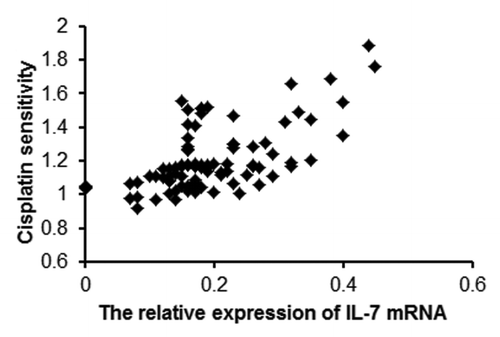Figures & data
Figure 1. The screen of IL-7 about cisplatin resistance in glioma cells. (A) The morphological change of U251 cells in response to cisplatin stimuli. The majority of U251 cells were shaped like long spindles and polygons. The majority of U251/CP2 cells became round and short spindles. (B) Illustration of the chromosomal imbalances detected in the U251 and U251/CP2 cell lines by aCGH and RT-PCR confirmation. CFHR1 and CFHR3 were deleted in chromosome 1 in the U251 and U251/CP2 cell lines. C8orf70 and IL-7 were amplified in chromosome 8 in the U251 and U251/CP2 cells. The rectangles on the left and right side of ideogram indicate chromosomal losses and gains, respectively. (C) The result of aCGH was confirmed by RT-PCR. (D) The amplification of IL-7 U251/CP2 cells was identified using FISH. There was one copy of IL-7 in U251 cell, and the copy of IL-7 amplified in U251/CP2 cells.
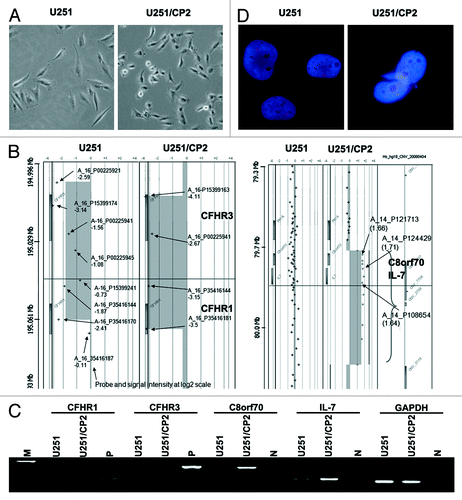
Figure 2. The relationship between C8orf70 and IL-7 mRNA expression and the IC50 of cisplatin in glioma cell lines. (A) IL-7 mRNA expression is positively correlated with cisplatin resistance in glioma cell lines (r = 0.66, p < 0.05); (B) C8orf70 mRNA expression is not related to cisplatin resistance in glioma cell lines (r = -0.081, p > 0.05).
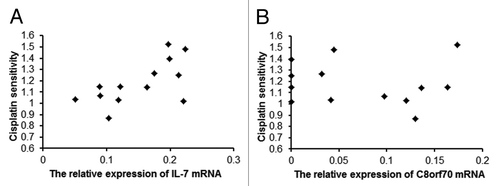
Figure 3. IL-7 enhanced cisplatin resistance in glioma cells. (A) The expression of IL-7 and IL-7R in glioma cell lines. (B) IL-7 mRNA expression was downregulated by siRNA. (C) IL-7 protein expression was downregulated by siRNA. (D) IL-7 increased the IC50 for cisplatin in U251 cells. (E) IL-7 increased the IC50 for cisplatin in SKMG-1 cells. (F) IL-7 interference decreased the IC50 for cisplatin in U251/CP2 cells. (G) IL-7 interference decreased the IC50 for cisplatin in T98G cells.
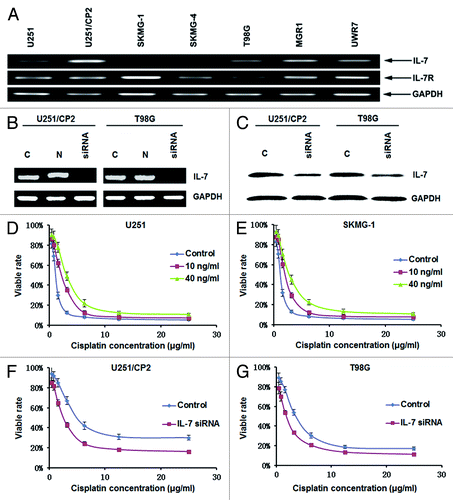
Figure 4. IL-7 promoted the growth of glioma cells.(A) rhIL-7 promoted the growth of U251 and SKMG-1 cells. (B) IL-7 siRNA inhibited the growth of U251/CP2 and T98G cells.
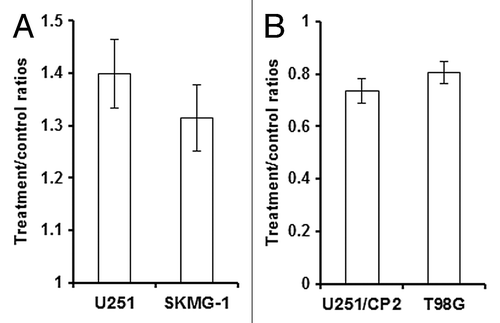
Figure 5. IL-7 inhibited apoptosis induced by cisplatin in glioma cells. (A) IL-7 inhibited apoptosis induced by cisplatin in SKMG-1 cells. (B) IL-7 interference enhanced apoptosis induced by cisplatin in U251/CP2 cells. (C) IL-7 decreased the cleaved caspase-3 induced by cisplatin in U251 and SKMG-1 cells. (D) IL-7 interference increased the cleaved caspase-3 induced by cisplatin in U251/CP2 and T98G cells.
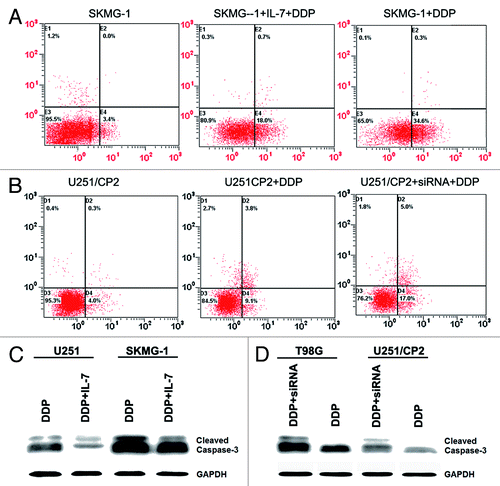
Figure 6. IL-7 mRNA expression is positively correlated with IC50 for cisplatin in human glioma specimens.
